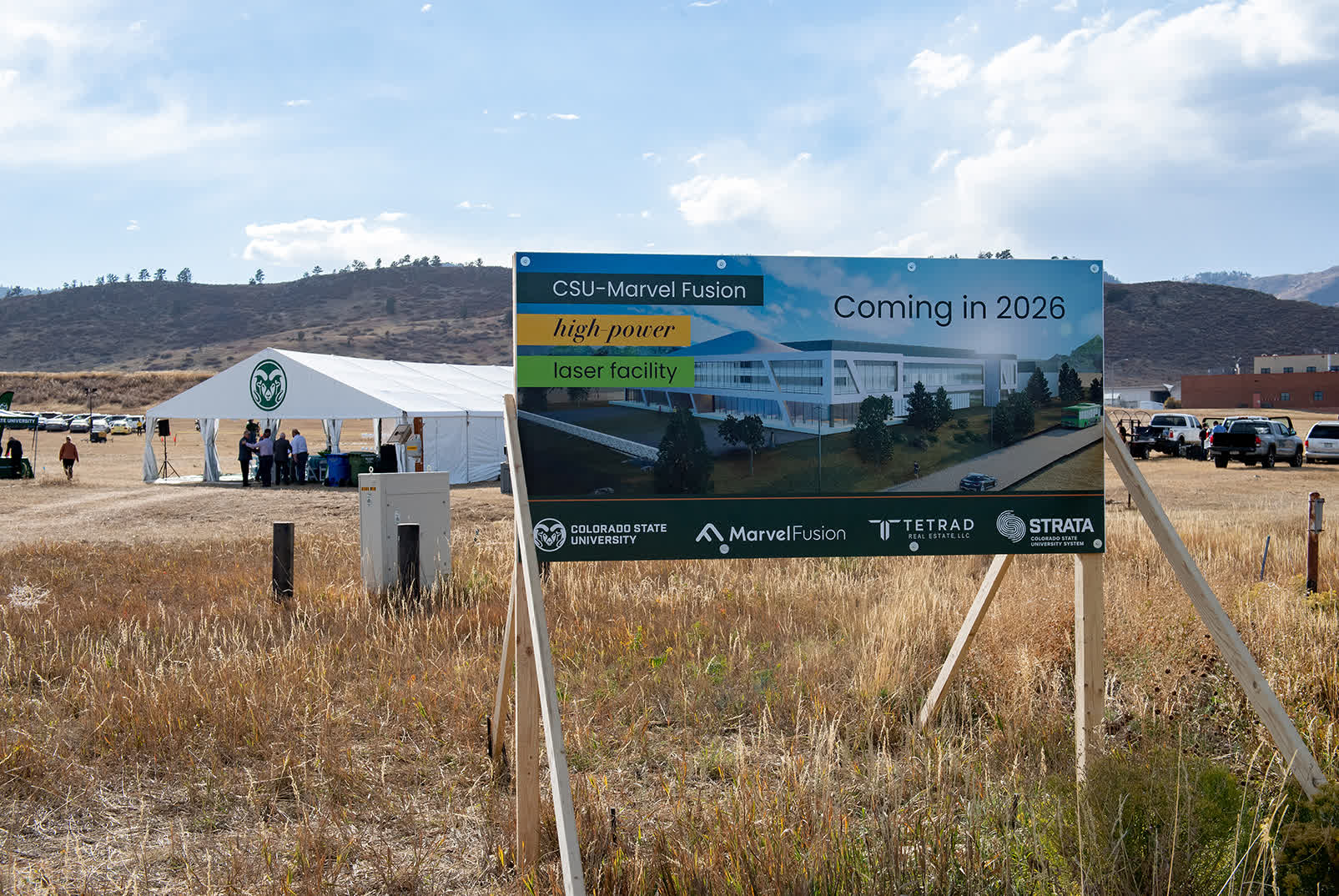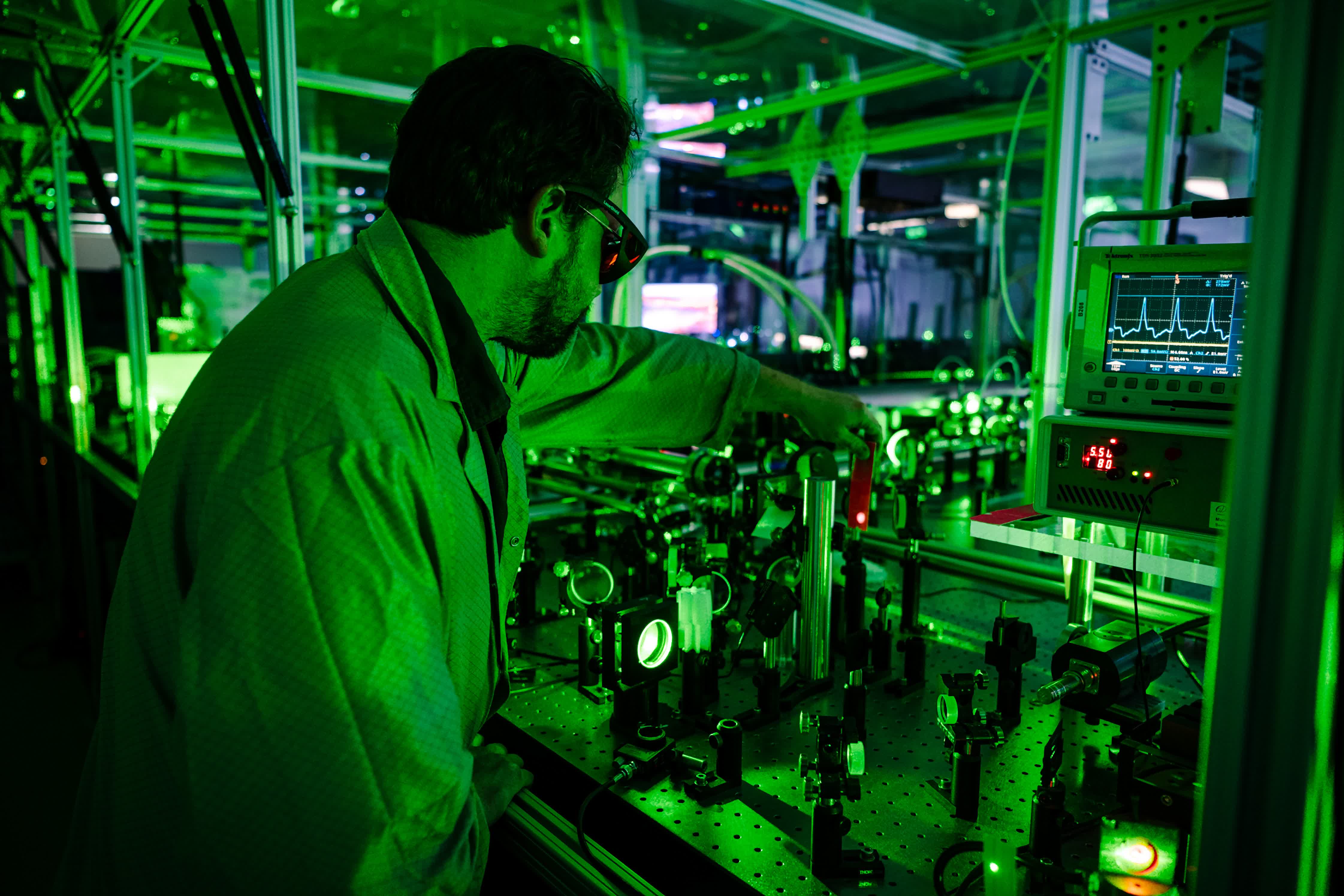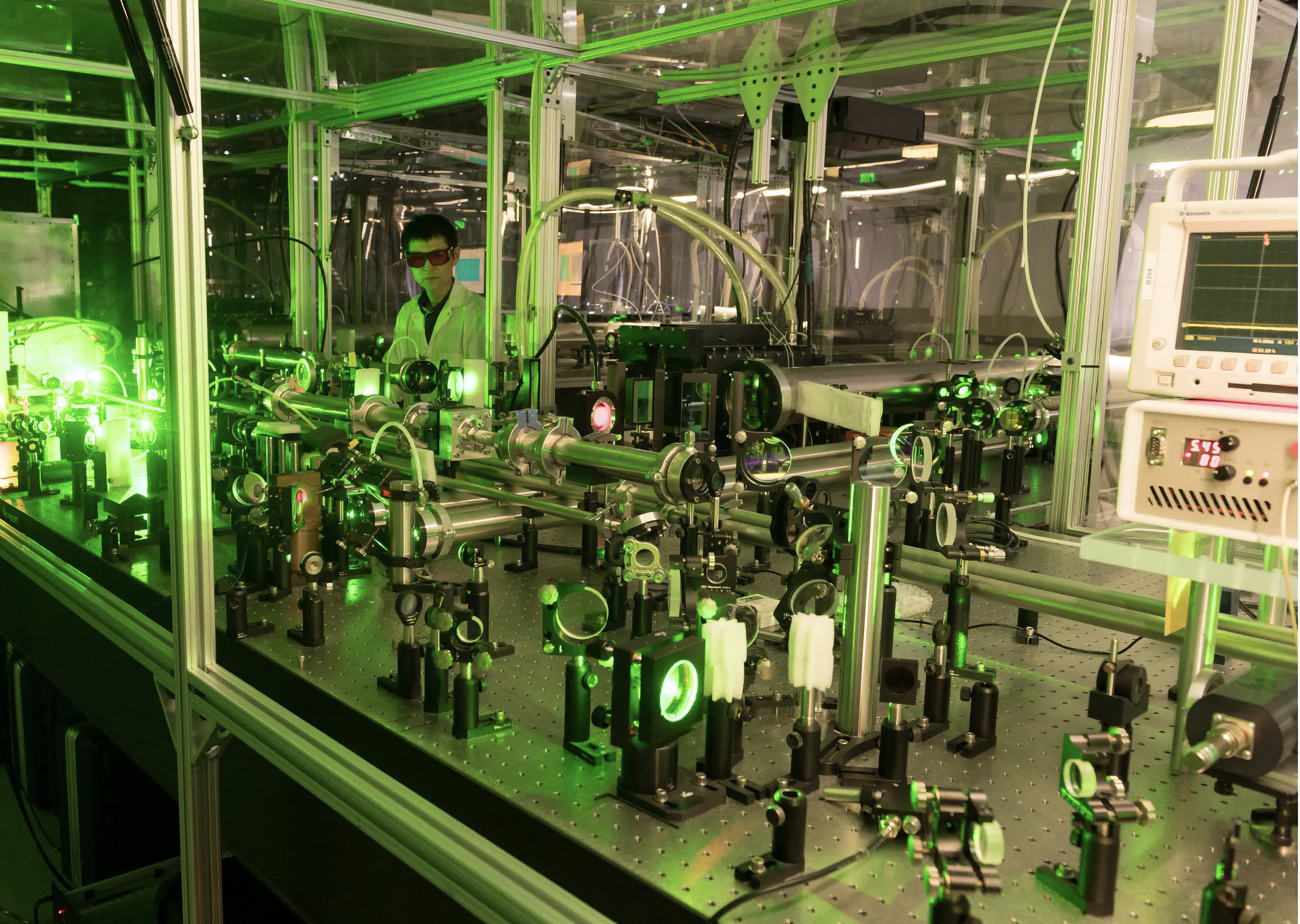Serving tech enthusiasts for over 25 years.
TechSpot means tech analysis and advice you can trust.
Forward-looking: Fusion energy is often regarded as the holy grail of power generation because it harnesses the same atomic process that powers the sun. The concept involves forcing atomic nuclei to fuse together, unleashing immense energy. If scientists can crack the code using lasers, it could lead to a virtually limitless supply of safe, sustainable energy without any carbon emissions.
This month, construction crews are breaking ground on an ambitious new laser research facility at Colorado State University, which aims to be a nexus for developing laser-driven nuclear fusion as a viable clean energy source. The facility will cost a whopping $150 million and is expected to open in 2026.
The Advanced Technology Lasers for Applications and Science (ATLAS) Facility is the product of over 40 years of laser research at CSU, partly funded by the Department of Energy, which has invested $28 million. The lab's development also stems from a strategic partnership with the private sector – Marvel Fusion, a German startup, is contributing major funding and providing two cutting-edge lasers.
Upon completion, the facility will combine these Marvel lasers with an upgraded version of an existing ultra-intense laser developed at CSU. Together, the three laser systems will be able to simultaneously unleash nearly 7 petawatts of power – more than 5,000 times the total electrical generation capacity of the United States – in pulses lasting just 100 quadrillionths of a second. That's an immense amount of energy concentrated into an area about the width of a human hair.
With this kind of focused energy, one of the main goals is to advance laser-driven nuclear fusion as a future clean energy source.

The facility will support other interdisciplinary research, too. The medical field is cited as one area that could benefit, with similar laser technology being used for tumor treatments by concentrating the energy in precise tiny areas. Another potential application is ultra-high-resolution imaging, such as capturing incredibly detailed X-rays of turbine engines.
"As a top institution recognized both for research and for sustainability, CSU is a fitting home for this facility," said university president Amy Parsons at the ceremony. "We have been a leader in laser research for decades, and our faculty are advancing critical technologies. This new facility will house one of the most powerful lasers in the world and establishes CSU as a nexus for laser fusion research."
The new ATLAS building will be part of CSU's larger Advanced Laser for Extreme Photonics (ALEPH) Center. It's an ambitious venture that could pay huge dividends if its potential can be effectively harnessed.










:quality(85):upscale()/2024/10/18/840/n/1922729/739d1ad86712b29a6ab663.35566876_.jpg)
 English (US) ·
English (US) ·